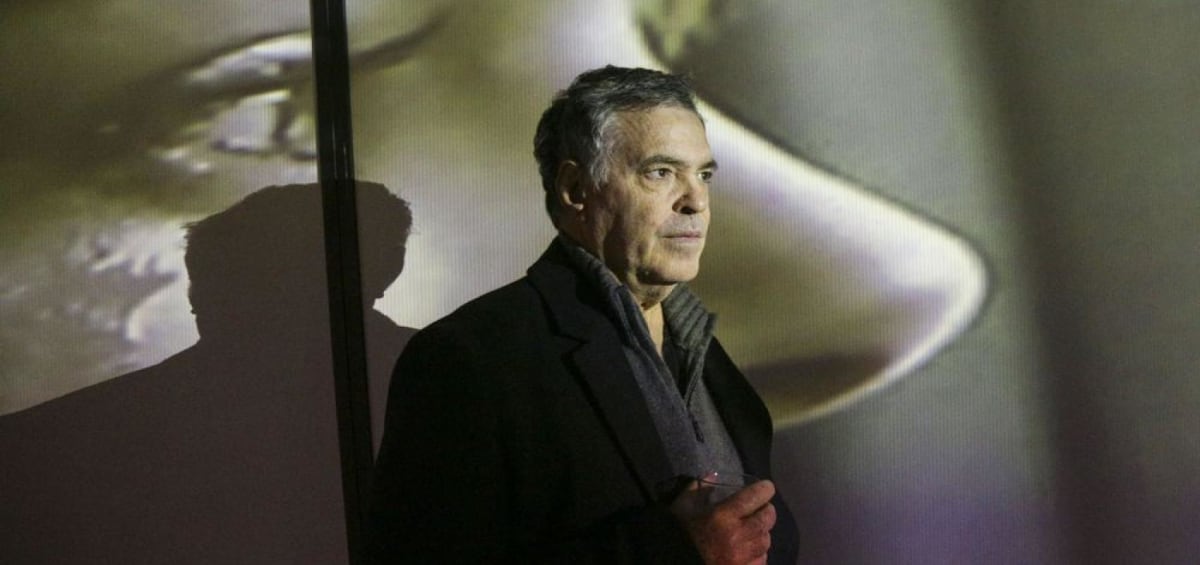Yitzhak Rabin / Amos Gitai
Twenty years after Yitzhak Rabin's assassination in Tel Aviv, Amos Gitai looks back on this tragic event in his film The Last Day of Yitzhak Rabin . The BnF exhibition invites you to discover the filmmaker's creative process for his political thriller. In a double documentary and artistic approach, Gitai explores the archives of his work given to the BnF in 2018 and draws an exhibition in the form of an unprecedented visual creation, questioning once again the multiple political and intimate repercussions of this event.
AN "ON BOARD" ARTIST
Since his first films, notably House (1980), Amos Gitai has been an "artist embedded" in the history of the present time and in that of his native Israel. He takes there "what he can see himself or suffer there himself, directly or indirectly, that is to say the news in the strict sense of the word", as Albert Camus would have said, and in is the material for a work of great diversity - films, installations, exhibitions, visual creations, theatrical performances and books.
A MATRIX EVENT
The assassination of Israeli Prime Minister Yitzhak Rabin on November 4, 1995, is one of the historical events whose violence has most marked the filmmaker and whose seismic waves continue to replicate in his work. Under the shock of this explosion, both political and intimate, he made his first film in 1996 entitled L'Arène du meurtre . The second, the result of a long maturation and considerable documentary research, was released in 2015, twenty years after the assassination. This is the Last Day of Yitzhak Rabin, a major film for which Amos Gitai cuts into the reality of the archives to sculpt a fiction that shows the relentless chain of events, from the first hate speeches against the architect of the peace process to the shots fired close by from the crowd of demonstrators who came to support this historic rapprochement between Israelis and Palestinians. From the outset, the film gave birth to other creations, in particular an exhibition presented at the Lambert Collection in Avignon and a reading in the Cour d'honneur of the Palais des papes during the 2016 Yitzhak Rabin Festival. Chronicle of an assassination, repeated regularly until today.
BETWEEN MEMORY AND CREATION
All the documentary materials gathered or produced for these creations around Yitzhak Rabin were donated by Amos Gitai to the BnF in 2018. Mainly digital, these documents are the subject of a pioneering research and development program on new cinema archives, in connection with Stanford University. The choice of a donation to the Library was also dictated by the desire to shelter this very symbolic ensemble in a country, France, whose qualities of reception and support for creation during of his years of exile far from Israel. Always seeking the balance between memory and creation, Amos Gitai has entrusted his archives to a great heritage institution in which he sees a place where he can meet contemporaries. With the obstinacy of an archaeologist, he drew again on his archives to extract from them the elements of an unprecedented visual creation unfolding, to question them, the stages of this overwhelming story. Echoing the exhibition, Gallimard editions are publishing a book which delves into their themes through reflections and analyzes on the archives, and which gives way to poems composed by the artist. For Amos Gitai, the need to think about the present time is never separate from the freedom to create.
POLICE STATION
Conception, Amos Gitai
Curator, Joël Huthwohl , Performing Arts Department, BnF
Graphics, Émilie Paillot
In media partnership with Arte and Télérama
As featured in:













































































































































































